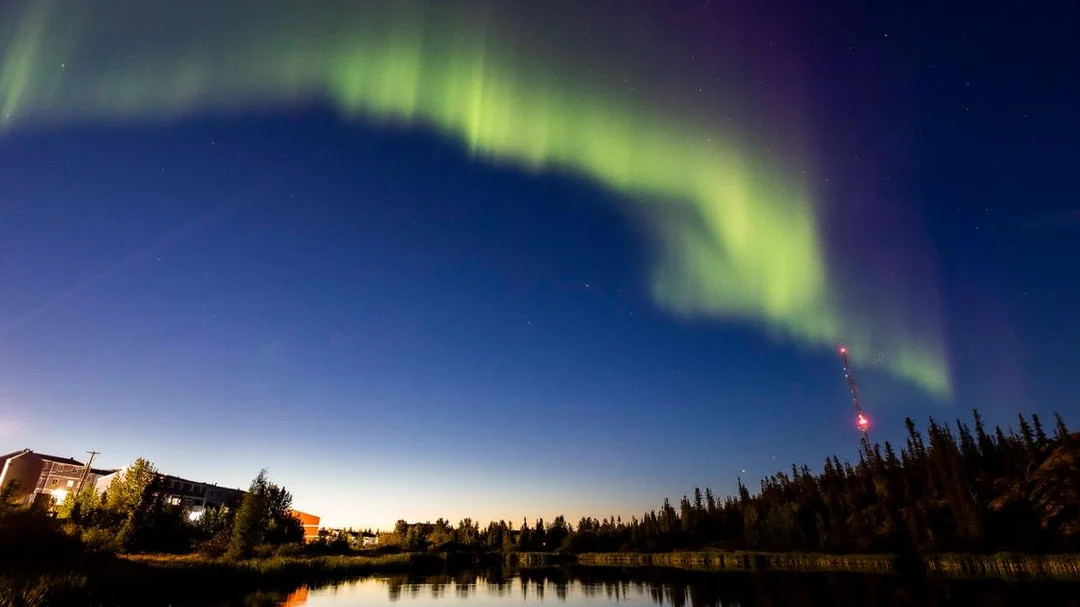
Northern Lights Wow! 15 US States Could Catch the Aurora Borealis Tonight
Stargazers, get ready! The northern lights, also known as the aurora borealis, are predicted to put on a spectacular show across several parts of the United States. Forecasters are buzzing about the potential for vibrant displays, especially tonight, May 27th, promising a celestial spectacle you won't want to miss.
According to the National Oceanic and Atmospheric Administration (NOAA)'s Space Weather Prediction Center, geomagnetic storms are brewing, creating the perfect conditions for the aurora to dance across the night sky. While the aurora is expected to stick around for two nights, May 27th is predicted to be the stronger of the two nights, boasting a Kp index of 5.
Where to Look:
A good chance of spotting the aurora will occur in more than a dozen states in the northern U.S. Specifically, the northern lights will be most visible across Canada and Alaska, with a lower likelihood forecast for parts of northeastern Washington, northern Idaho, Montana, North Dakota, northern Minnesota, Upper Michigan and northern Wisconsin. Areas in Wyoming, South Dakota, northern Iowa, New York, New Hampshire, Vermont and Maine have an even lower likelihood of viewing the phenomenon.
The Science Behind the Show:
The mesmerizing aurora is a result of geomagnetic storms. **Charged particles from the sun** collide with gases in Earth's atmosphere, creating those iconic shimmering lights. The intensity and location of these storms determine the vibrancy and colors we see. NASA astronaut Nichole "Vapor" Ayers even captured the northern lights from space in a stunning X video, showcasing the aurora's beauty on a grand scale.
Tips for Viewing:
To maximize your chances of witnessing this incredible phenomenon, head to a location far away from city lights and light pollution. High vantage points with a clear view of the northern horizon are ideal. The best time to view the northern lights is typically just after sunset and right before sunrise during the hours that are not daylight.
Capturing the Moment:
Want to share the magic? Many modern smartphones have "Night Mode" settings that can capture stunning photos of the aurora. Simply point your lens towards the sky and let your phone do the work!
A Peak in Solar Activity:
This increased auroral activity is linked to a peak in solar activity, expected to persist into early 2026. This means more opportunities to witness the northern lights in the coming months! The last time we saw this level of solar activity was in October 2024.
Will you be stepping outside to catch this awe-inspiring celestial display? Let us know in the comments what you see!